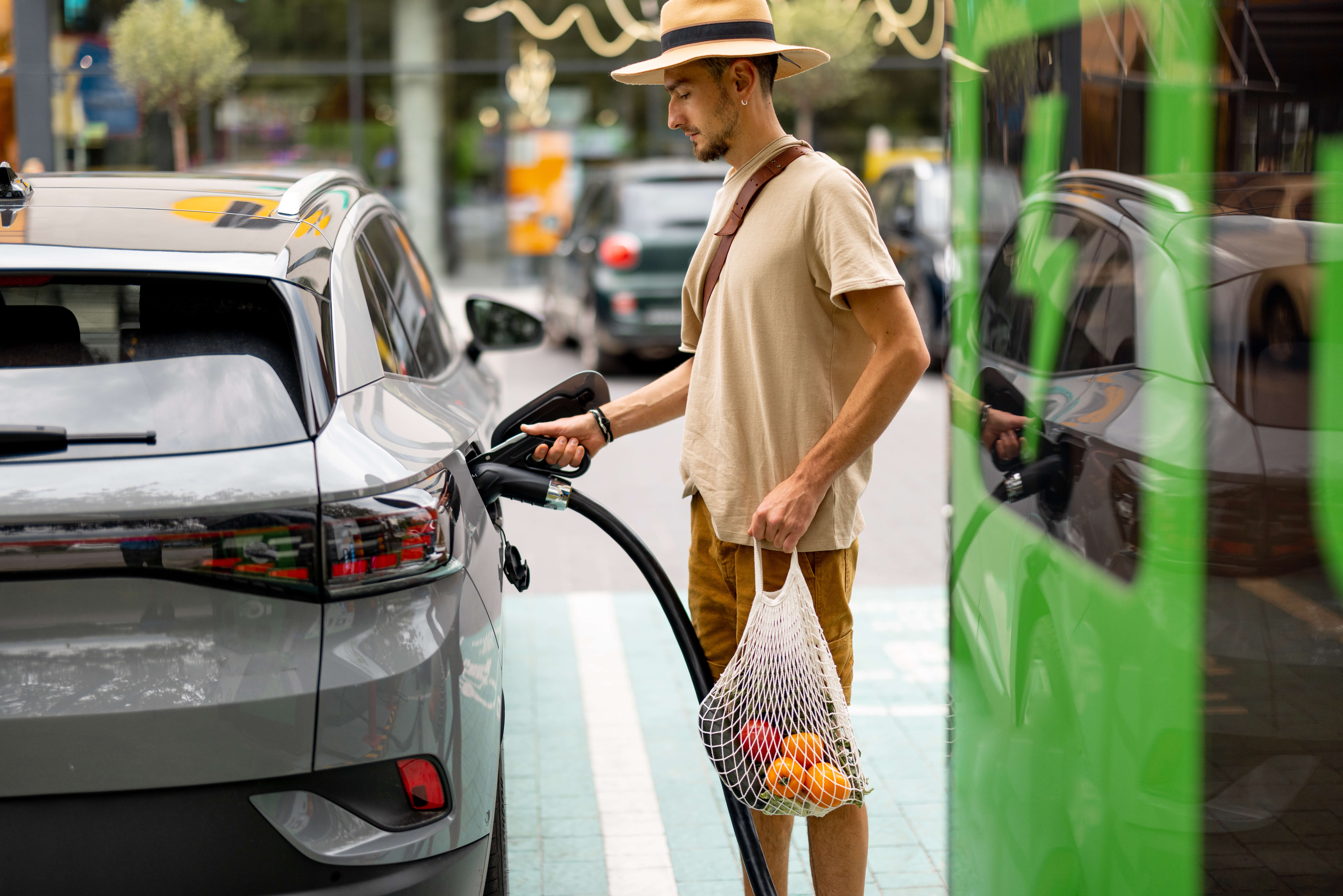If you’re feeling discouraged about the challenges facing environmental progress, you’re not alone. In several aspects, we are increasingly feeling the effects of climate change while confidence in the ability of government to reduce climate change is fading. Policy changes also affect individuals’ abilities to take climate action.
For example, the $7,500 tax credit for buying new electric vehicles (EVs) and $4,000 credit for used EVs expired at the end of September. Similarly, major tax credits for renewable energy and energy efficiency initiatives stemming from the 2022 Inflation Reduction Act are also expiring, including some personal credits being phased out at the end of 2025 and some business credits expiring over the next couple years.
The loss of financial incentives could make it more expensive for individuals and businesses to reduce their environmental footprints. At the same time, energy bills could collectively rise, with less construction of new renewable power generation — lower supply, combined with rising demand such as from AI data centers, could lead to higher prices, as many analyses show.
While these changes affect momentum toward reducing carbon emissions, that doesn’t mean that you’re powerless. Focusing on what you can control still leaves you with a lot of levers to pull in your personal life or for your business.
Here are three of the best and most affordable ways to reduce your environmental impact:
1. Audit Your Energy Efficiency
Despite the loss of some financial incentives, there’s still likely some low-hanging fruit you can pick.
The average American spends $2,000 per year for home energy, yet about 10%-20% of that — $200-$400 — could be wasted due to drafts, air leaks, and outdated HVAC systems, according to the U.S. Department of Energy.
For a similar price — averaging $437, according to Angi —you could get a professional home energy audit, and you still have until the end of the year to claim a tax credit for up to 30% of the cost of this service.
This audit can help you identify where you’re wasting energy and guide improvements that will pay off for years to come. Even if net savings take a few years, your immediate environmental impact begins as soon as you reduce energy usage.
In doing so, you can find ways you’re wasting energy and make home improvements that increase your efficiency for years to come. That can lower your energy bills and save money in the long run. Even if it takes a few years to see net savings, after accounting for the cost of the audit and any upgrades you make, you can make an immediate environmental impact by reducing your energy usage.
Research also suggests that your home energy upgrades can influence your neighbors. So, you might be able to make more impact in your community than you realize.
Use our carbon footprint calculator to estimate your home energy, driving, and travel emissions.
2. Buy or Lease an EV Anyway
The loss of EV tax credits does directly affect their affordability, but you shouldn’t assume that makes these cars too expensive for you.
Because EVs tend to have much lower fuel and maintenance costs, even a higher initial purchase price might be worth it to you.
An analysis by Vincentric found that 24 out of 54 EVs analyzed had a lower five-year total cost of ownership than comparable gas-powered cars. Yet only five of those 54 EVs qualified for the $7,500 tax credit anyway. So, even with the credit expiring, there are likely plenty of EVs that still save you money overall.
Also, keep in mind that many EV buyers want the latest technology, such as extended battery range. If that’s less important to you, and you primarily want a car for getting around town more efficiently, then you might be able to find a great deal on a used EV.
That could become increasingly feasible as car manufacturers release new EV models and previous leaseholders turn in their two- or three-year-old cars for new ones.
Taking a road trip? You can soften the climate impact of your travel with simple solutions like Terrapass’s EcoTourist bundle.
3. Buy Carbon Offsets
Rather than only focusing on external climate developments, we can start by looking at our own carbon footprints and make a positive impact by purchasing carbon offsets.
Purchasing carbon offsets doesn’t cancel out your emissions, but it does help balance the negative impact of things like flying or driving a gas-powered vehicle. When you buy carbon offsets, your money goes toward projects that remove or reduce carbon emissions, such as by avoiding deforestation or capturing methane from landfills.
The funding from carbon offsets helps make these projects possible, and they often have co-benefits like providing job opportunities in disadvantaged communities and improving biodiversity.
Keep in mind that carbon offsets help you take responsibility for your environmental impact at the individual level. It’s not that you expect your carbon offset purchase to immediately solve a complex problem like climate change, but you can take control over your own footprint.
Moreover, if you’re trying to mitigate your carbon footprint, buying carbon offsets might align better with your budget than bigger sustainability steps that require a few years of planning. For example, you might not have the cash to buy an EV today, and high interest rates might make taking out a loan for a new car impractical. Yet you might have room in your budget for around $20-$30 per month in carbon offset purchases to compensate for the emissions you have now as you work to reduce them over time.
To balance the majority of your family’s emissions, for instance, you could enroll on Terrapass’s Carbon Balanced Living Plan. A couple with one car that takes up to five regional or one international flight per year per household could buy a Carbon Balanced Living Plan subscription for $25.67/month.
To get a sense of what it would take to balance most of your emissions, you can use Terrapass’s carbon footprint calculator. From there, you can figure out the cost of this balancing via carbon offset purchases.
Final Thoughts
It’s not a perfect solution, and it would be great if individuals, businesses, and government were all moving in the same direction toward mitigating climate change. Short of that, however, focusing on what you can control and taking positive steps can help.
Small steps whether that’s auditing your home, switching to an EV, or offsetting emissions can collectively add up to big impact over time.
Take action today, starting with what’s in your control.






